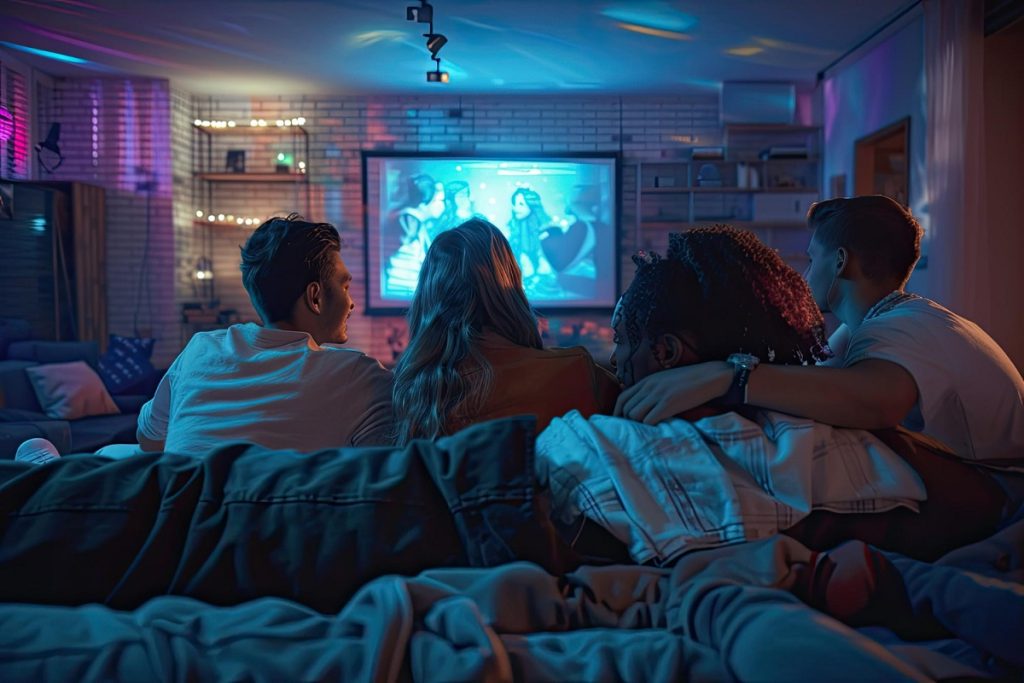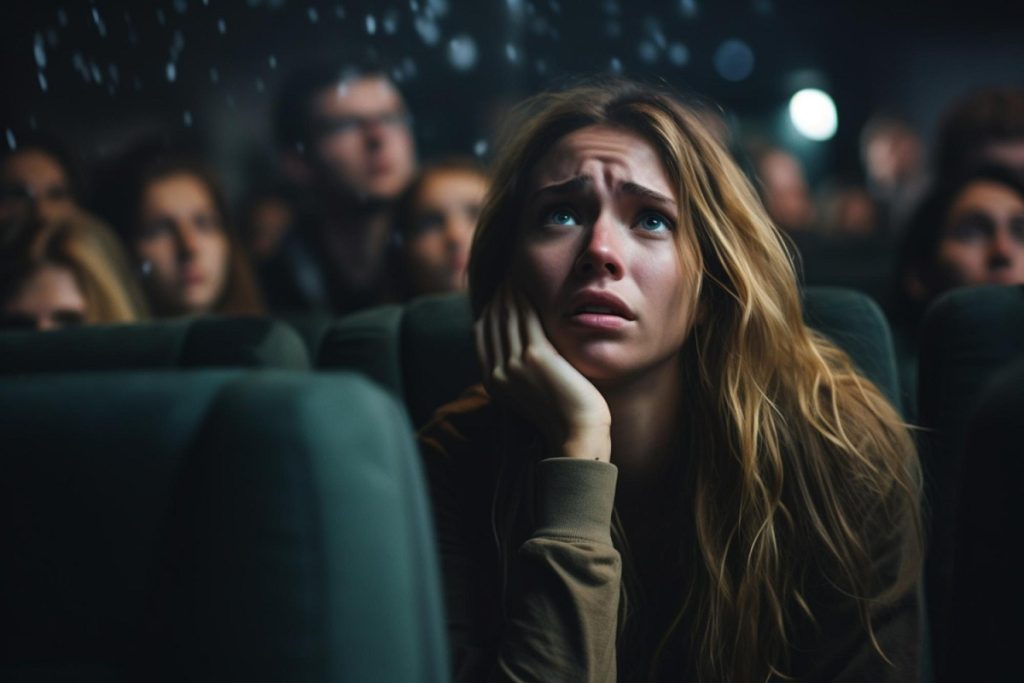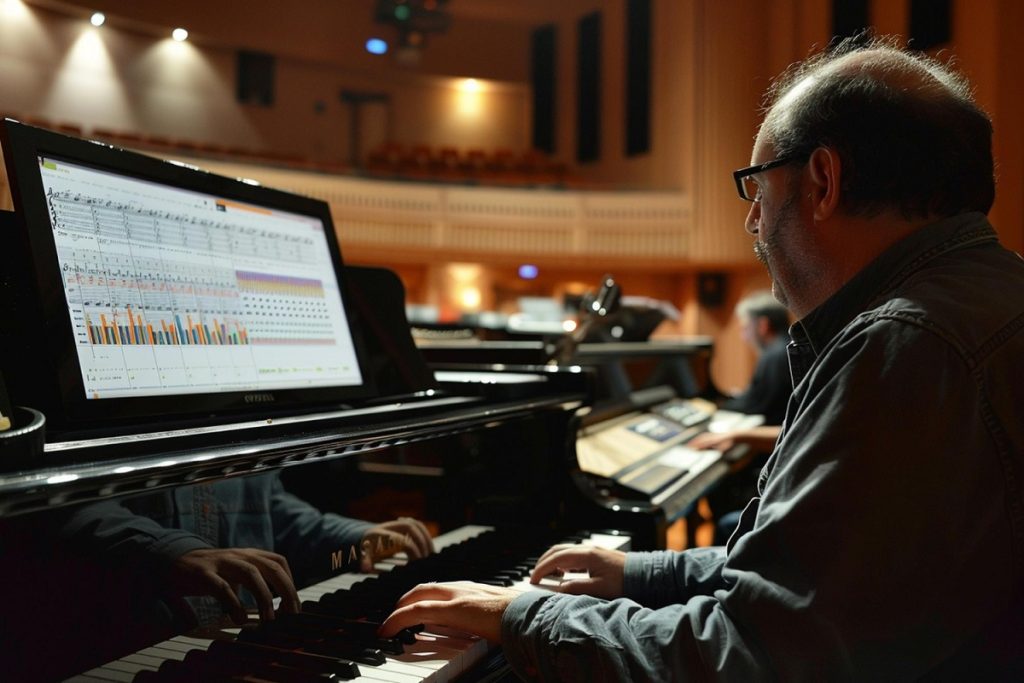Music in animated films serves as much more than just a background score. From enhancing the narrative to defining the emotional undertones of a scene, soundtracks and scores play an integral part in the storytelling process.
In this article, we will explore how music contributes to the atmosphere and storytelling in animation, highlighting the works of significant composers and offering unique insights into the creation and impact of these musical scores.
Creating emotional depth
One of the primary roles of music in animated films is to evoke the viewer’s emotions, seamlessly guiding them through joy, sorrow, tension, and relief. Consider the work of Alan Menken, whose compositions for Disney’s Beauty and the Beast masterfully depict character growth and changes in emotional states.
The song “Belle” not only introduces the protagonist but also sets up the yearning for adventure and something more than the provincial life, using musical motifs that recur throughout the film to highlight key character developments.
Narrative enhancement
Character themes
Scores can also create memorable and instantly recognizable character themes. John Williams’ iconic theme for Harry Potter is so evocative that hearing just a few notes can transport listeners directly into the world of Hogwarts.
These musical cues become inextricably linked with the characters themselves, often being used to underscore key moments of decision or revelation.
Setting the scene
Music powerfully sets the scene and brings environments to life without a single line of dialogue. The opening sequence in Pixar’s Up, scored by Michael Giacchino, is a profound example of music’s narrative capabilities.
In just a few minutes, Giacchino’s score tells a poignant life story, earning him an Academy Award for Best Original Score.
Cultural and historical significance
Often, the soundtrack of an animated film does more than complement the visuals; it connects the story to a broader cultural or historical context.
The Lion King‘s soundtrack, featuring songs by Elton John and score by Hans Zimmer, incorporates African music elements, bringing authenticity and richness to the film’s setting and story, while connecting audiences globally to the cultural essence of the narrative.
Memorable musical moments
Certain scenes in animated films are elevated to iconic status thanks to their musical accompaniments. In Spirited Away, Joe Hisaishi’s compositions intertwine with Miyazaki’s storytelling, creating ethereal and memorable moments that resonate with the viewer long after the film ends.
The closing song, “Always With Me,” serves as a comforting reminder of the protagonist’s growth and the journey undertaken.
The intersection of animation and music creates a dynamic synergy that makes the storytelling more vivid and heartfelt.
Whether it’s setting the emotional tone, enhancing the narrative, or connecting the story to a broader cultural context, music is an indispensable component of animated storytelling.
Composers like Alan Menken, John Williams, Michael Giacchino, and Joe Hisaishi have mastered the art of musical storytelling in animation, leaving enduring impacts on the genre. Their work not only supports narrative flow but enriches it, making their scores an inseparable part of the animated worlds they help bring to life.






